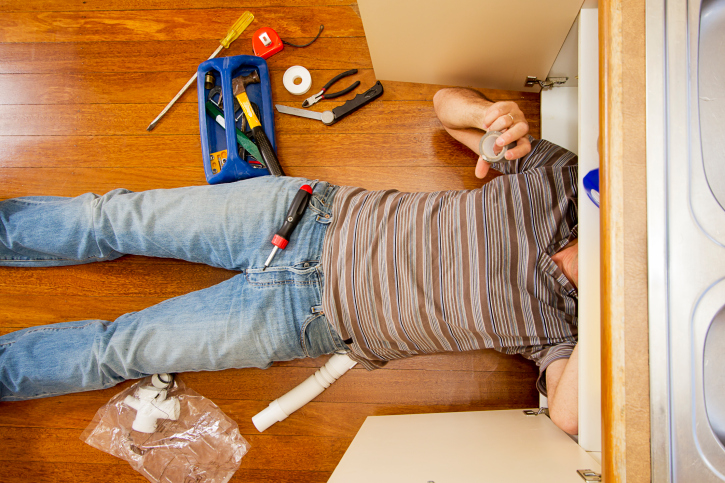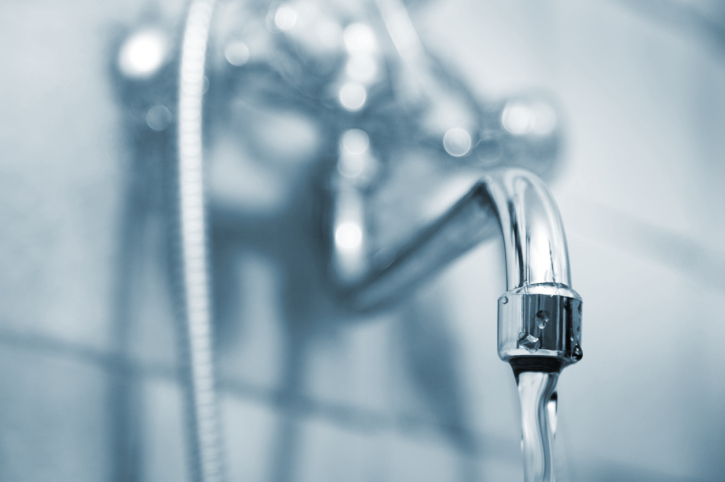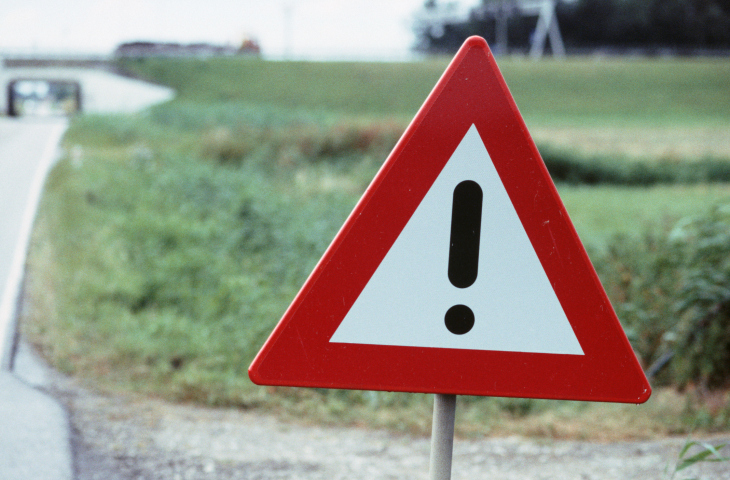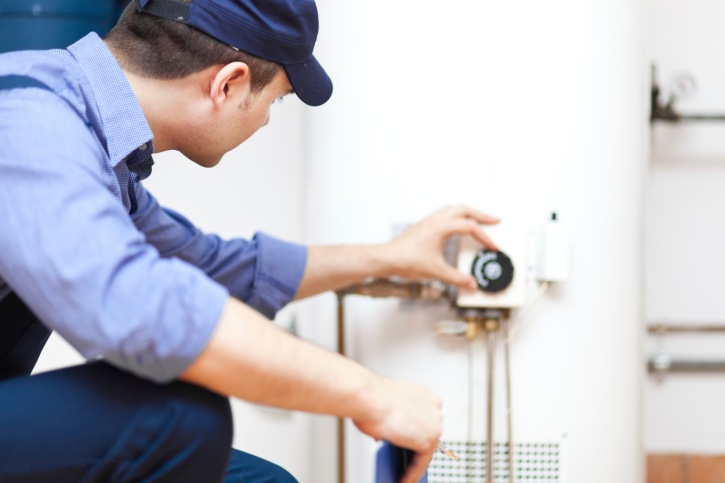 Navigating home plumbing can be challenging for even the most seasoned do-it-yourselfer. With so many intricate parts working together to provide your home with water that is fresh and safe for consumption, understanding what these parts are and what they do is imperative if you plan to do any plumbing work yourself.
Navigating home plumbing can be challenging for even the most seasoned do-it-yourselfer. With so many intricate parts working together to provide your home with water that is fresh and safe for consumption, understanding what these parts are and what they do is imperative if you plan to do any plumbing work yourself.
One of the most common plumbing occurrences is known as backflow, which is an unwanted reversal of liquid, solid, or gas into a water supply. Understanding backflow and what it means to your home plumbing system is an important foundation for your home’s general water flow operations, and one of the most common methods of handling backflow problems is to employ something called a backflow prevention device.
What Does a Backflow Prevention Device Do?
A Backflow Prevention Device (also called a BPD for short) allow water and materials to escape rather than flowing directly into your home. You can install a BPD yourself, or hire an experienced plumber to install a BPD for you.
Some older bathrooms may not have a backflow device installed, so if you are planning on remodeling a bathroom in your home, make sure you check to see if you currently have a BPD.
How Does a Backflow Prevention Device Work?
Water systems use pressure to make water flow from home taps and showers. If you experience a significant decrease in water pressure often caused by a burst pipe or a sudden increase in water demand, the immediate decrease in water pressure may allow for contaminated water to be drawn into the system. In order to stop this from happening, a specialized backflow preventer valve is often installed in any place where your water system is at risk of contaminated fluids entering your pipes.
To find out more about backflow prevention devices and whether you need to install or replace a backflow prevention device in your home, contact Action Plumbing today.
 Slipping into a warm, relaxing bath after a long day of work may be the perfect way to release tension, but have you ever considered what it is that keeps your bath water comfy? Here’s a hint … it also keeps the water in your kitchen faucet at the perfect temperature for washing dishes and your bathroom sink water from scalding you during handwashing.
Slipping into a warm, relaxing bath after a long day of work may be the perfect way to release tension, but have you ever considered what it is that keeps your bath water comfy? Here’s a hint … it also keeps the water in your kitchen faucet at the perfect temperature for washing dishes and your bathroom sink water from scalding you during handwashing. There’s no denying that
There’s no denying that 
 If you’re wondering when to replace your hot water heater, you’re not alone. Many people who use hot water heaters in their homes are unsure about the proper upkeep, especially when it comes to replacing a unit altogether.
If you’re wondering when to replace your hot water heater, you’re not alone. Many people who use hot water heaters in their homes are unsure about the proper upkeep, especially when it comes to replacing a unit altogether.